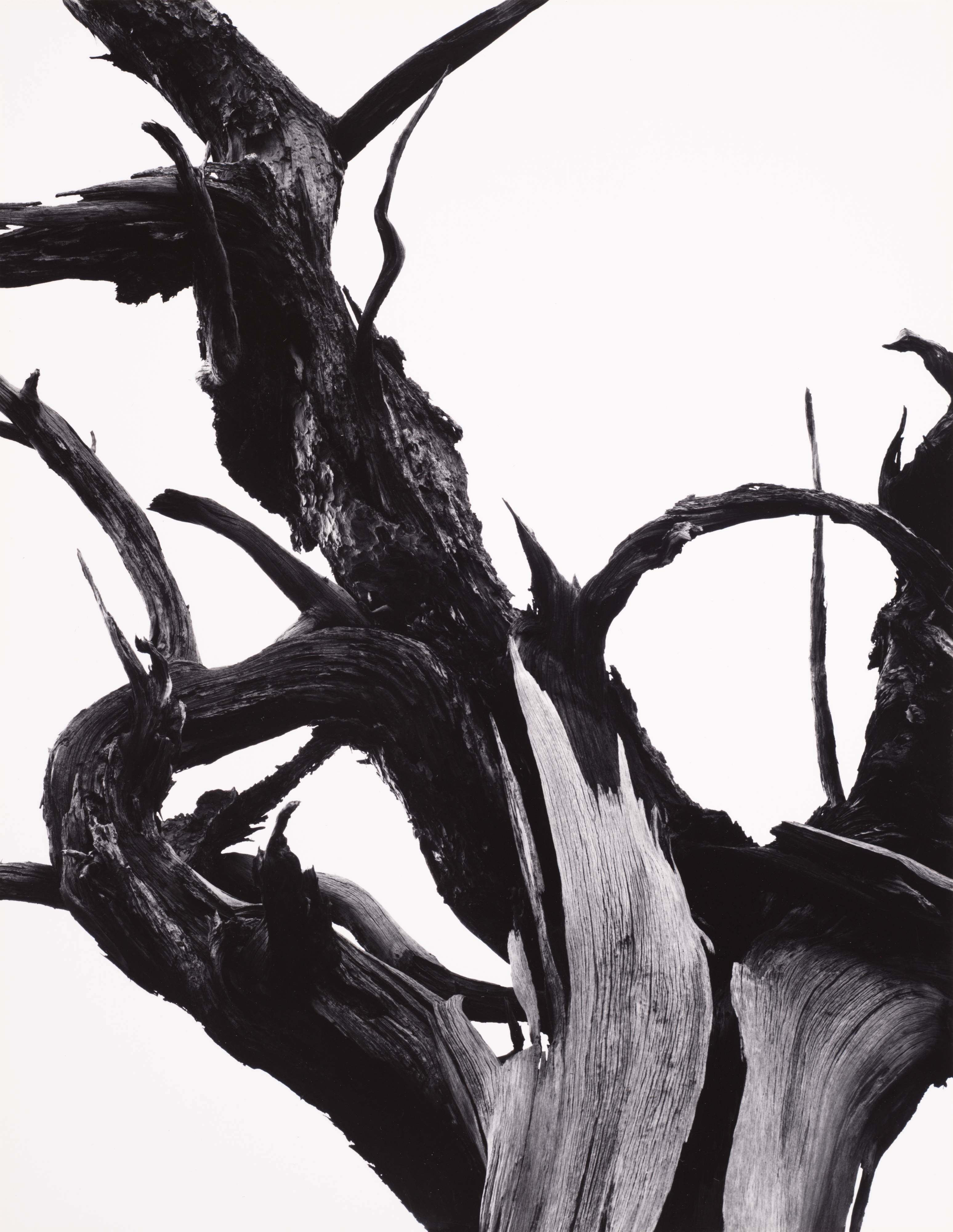Works in the Collection
-
Ansel AdamsAutumn, Chama Valley, New Mexico1951
-
Ansel AdamsMount McKinley and Wonder Lake, Denali National Park and Preserve, Alaska1947; printed ca. 1972
-
Ansel AdamsPathway, Fog, Sea Cliff, San Franciscoca. 1918; printed ca. 1972
-
Ansel AdamsHead of Minerva, Sutro Gardens, San Franciscoca. 1934; printed ca. 1972
-
 Ansel AdamsGottardo Piazzoni in His Studio, San Francisco1930; printed ca. 1972
Ansel AdamsGottardo Piazzoni in His Studio, San Francisco1930; printed ca. 1972 -
 Ansel AdamsShipwreck Detail, the Golden Gate, San Francisco1931, printed ca. 1972
Ansel AdamsShipwreck Detail, the Golden Gate, San Francisco1931, printed ca. 1972 -
 Ansel AdamsThe White Gravestone, Laurel Hill Cemetery, San Franciscoca. 1933; printed ca. 1972
Ansel AdamsThe White Gravestone, Laurel Hill Cemetery, San Franciscoca. 1933; printed ca. 1972 -
Ansel AdamsStore Room, M.H. de Young Memorial Museum, San Franciscoca. 1933; printed ca. 1972
-
Ansel AdamsOld San Francisco Firehouse, California Streetca. 1932; printed ca. 1972
-
Ansel AdamsHot Monday Afternoon, San Francisco, Californiaca. 1938; printed ca. 1972
-
Ansel AdamsSierra Skiing1930
-
Ansel AdamsRobinson Jeffers1927
-
Ansel AdamsLeaves, Mills College, Californiaca. 1931
-
Ansel AdamsMonolith, the Face of Half Dome, Yosemite, from Portfolio Three: Yosemite Valley1927; printed 1960
-
Ansel AdamsBoards, San Francisco1932
-
Ansel AdamsMullein, Utah1934
-
 Ansel AdamsAspens, New Mexico1958; printed 1968
Ansel AdamsAspens, New Mexico1958; printed 1968 -
 Ansel AdamsDead tree, Sunset Crater National Monument, Arizona, from Portfolio Two: The National Parks and Monuments1947; printed 1950
Ansel AdamsDead tree, Sunset Crater National Monument, Arizona, from Portfolio Two: The National Parks and Monuments1947; printed 1950 -
Ansel AdamsOld Faithful Geyser, late evening, Yellowstone National Park, Wyoming, from Portfolio Two: The National Parks and Monuments1942; printed 1950
-
Ansel AdamsThe Atlantic, Schoodic Point, Acadia National Park, Maine, from Portfolio Two: The National Parks and Monuments1949; printed 1950